While this doesn’t impact passengers much, as an avgeek I find this to be an awesome development.
In this post:
Airline pilots are rated on specific aircraft
Generally speaking, airline pilots are type rated on specific jets, meaning that they’re trained to fly specific aircraft. That makes sense, because being a pilot is a highly technical job, and requires a lot of training and expertise. Not only do planes handle differently, but pilots are trained for every possible emergency scenario on a particular plane.
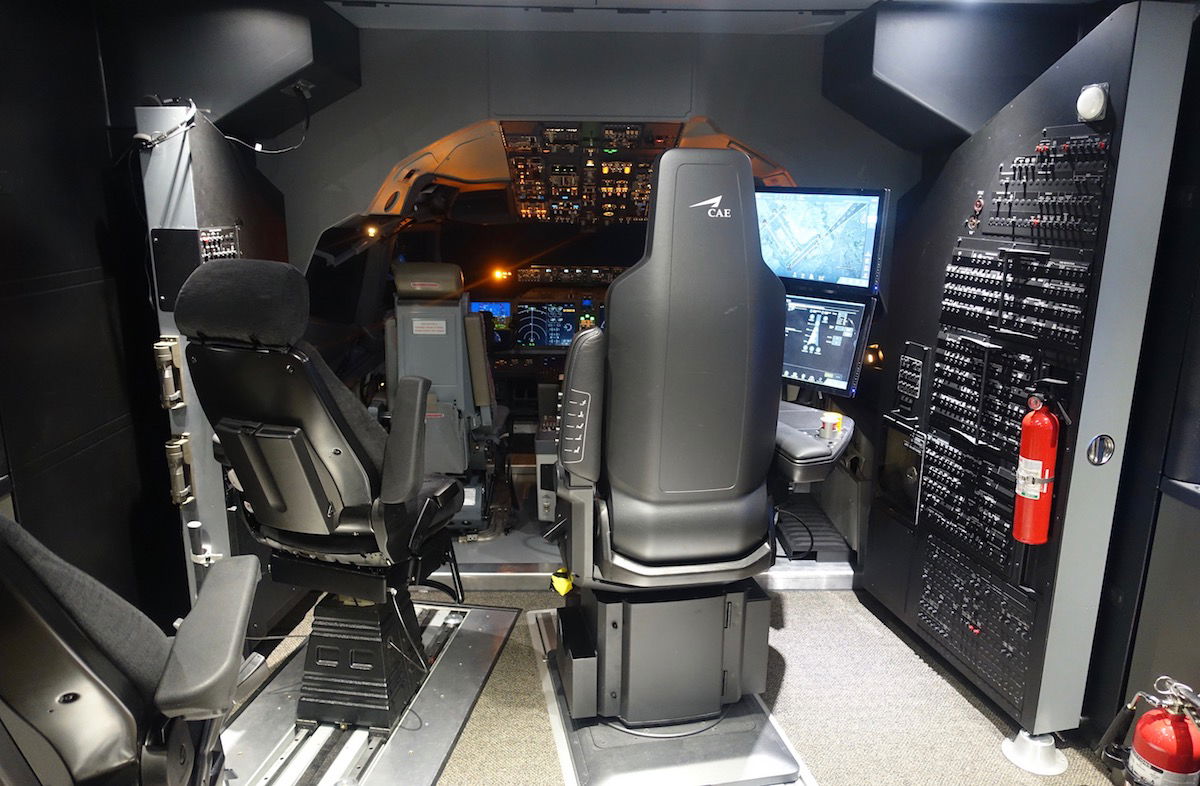
That being said, in some cases there’s a common type rating between planes, meaning that pilots can often fly multiple types of aircraft:
- At most airlines, pilots can fly any variant of a particular type of aircraft; in other words, a pilot might fly the Airbus A320 family of aircraft, and that include the A319, A320, A321, A321neo, A321LR, etc.
- When there’s enough cockpit commonality, pilots can sometimes also fly otherwise different types of jets; for example, the 757 and 767 can have a common type rating, as can the A330 and A350
Well, Airbus has just taken it to the next level when it comes to common type ratings.
All Nippon Airways introduces mixed fleet flying for pilots
Pilots at All Nippon Airways (ANA) will soon engage in mixed fleet flying (MFF) for the Airbus A380 and A320. This follows approval for the plan by Japan’s Civil Aviation Bureau (JCAB). ANA will be the first airline in the world to introduce mixed fleet flying between the A380 and A320.
In other words, a pilot might fly an Airbus A380 one day, and then the next day might fly an Airbus A320. While flying between fleet types isn’t unheard of (as I explained above), the A380 and A320 are very different planes. The maximum takeoff weight of the A380 is nearly 10x as much as that of the A320. Wow!
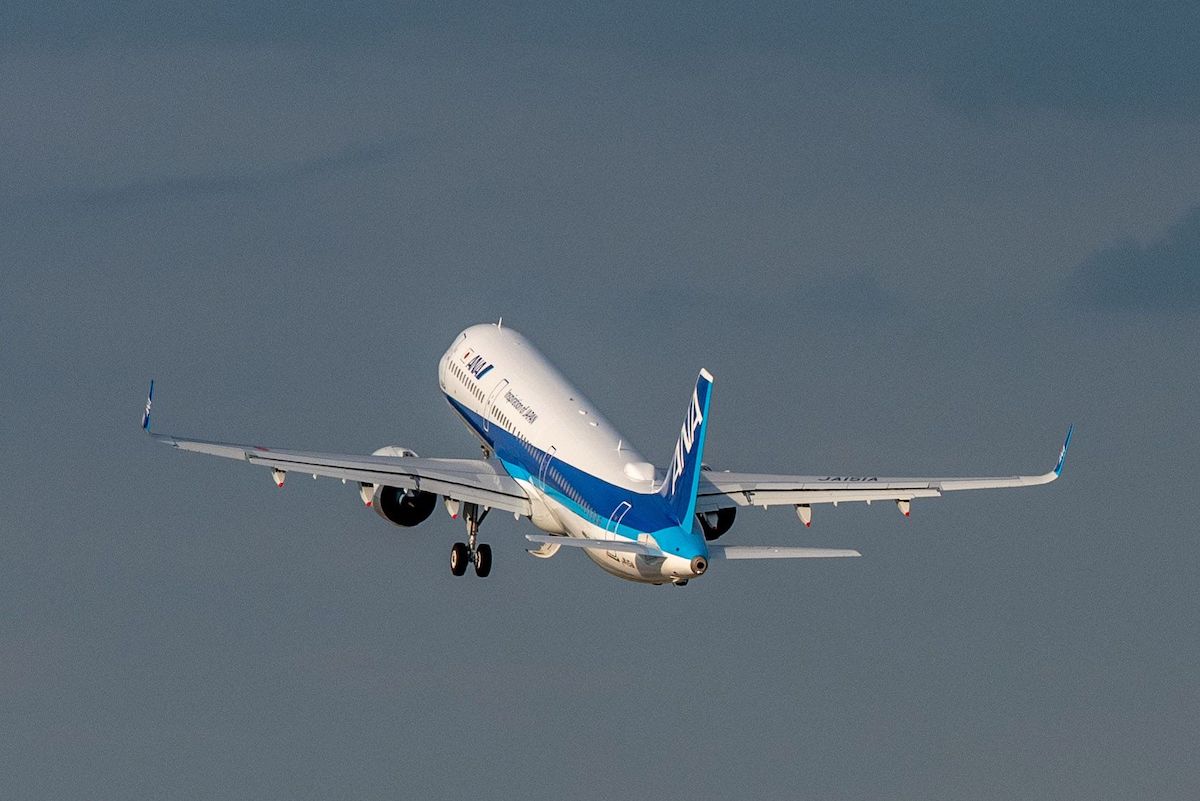
The benefits to airlines here are huge:
- This allows a lot more efficient scheduling, since you have a larger pool of pilots who can fly either plane, rather than just one plane; that means you need fewer reserve pilots, hours can more easily be optimized, etc.
- This is especially valuable at the moment, when ANA has grounded much of its A380 fleet, meaning those pilots don’t have a lot of flying, and for that matter are struggling to stay “current” on their rating; they can now start flying the A320
- In theory this also allows airlines to better match capacity to demand last minute; in other words, if a flight isn’t very full then a smaller plane could be substituted with the same pilots, though I doubt that will be happening much between the A380 and A320 😉

I do wonder how this works in terms of pilot pay. At many airlines, pay scales differ based on how big of a plane you’re flying, and then seniority plays into which plane you fly. With mixed fleet flying, will pilots get paid more when flying an A380 than an A320, or will there just be a consistent price somewhere in the middle?
Bottom line
Thanks to new approval from Japan’s Civil Aviation Bureau, All Nippon Airways pilots will be able to fly both the A380 and A320. While the concept of a common type rating between planes is normal, I don’t think we’ve ever seen this big of a contrast between “common” planes in commercial aviation, as the A380 has a maximum takeoff weight almost 10x as high as that of the A320.
This improvement will make pilot scheduling more efficient, and should save the airline a bit of money. Maybe not as much as Airbus’ plan to reduce pilot staffing on the A350, but then again, this shouldn’t be as controversial either.
Any other avgeeks find this to be a cool development?
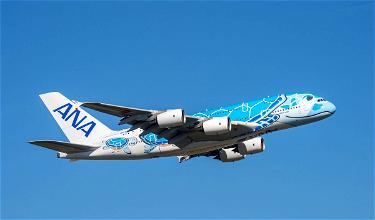

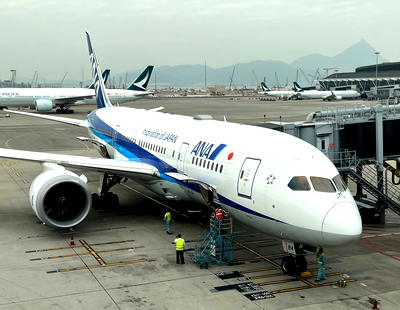
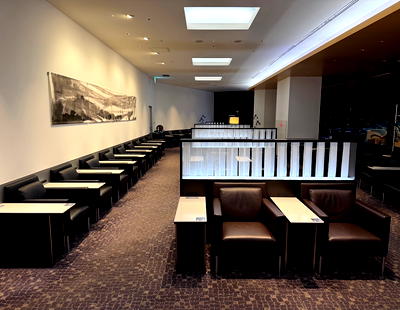
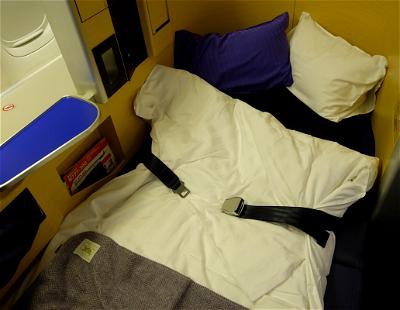
Isn't that dangerous? Won't the pilots be confused if they go back and forth different planes?
Just a minor note to your bullet points at the beginning. The A330 and A350 are not a common type rating. Two aircraft being able to have a common type rating goes far beyond simple cockpit similarities. Even then, the 330 and 350 cockpits are very different.
However, in the US, it’s only a very short transition course for a pilot of a 320, 330 or 340 to obtain a type rating in one of...
Just a minor note to your bullet points at the beginning. The A330 and A350 are not a common type rating. Two aircraft being able to have a common type rating goes far beyond simple cockpit similarities. Even then, the 330 and 350 cockpits are very different.
However, in the US, it’s only a very short transition course for a pilot of a 320, 330 or 340 to obtain a type rating in one of the other two (320 to 330 or 340 for example) due to cockpit and system similarities.
Sorry but it’s the same rating for 340/330/350.
Ben
Have you flown on ANA A380?
I'll pass. The differences are too great. Jumping from a 320 to a 380? No thanks. Even worse to be with both pilots going from one to the next. Again, no thanks.
I see absolute no issue to safety here. There are a bunch of operators doing MFF for 20-25 years now, mainly with 320 and 340/330 fleets (or nowadays also w the 350).
The flight deck commonality is huge, and more importantly the system philosophy is the same. zero issue here.
While pay in the US is often tied to equipment, internationally this isn't always the case - some places, I don't know about ANA, it is solely seniority. This makes sense to me as a senior pilot shouldn't have to choose between pay and avoiding grueling long haul flights when they'd rather be home at night. This adds some flexibility.
Interesting to hear from professional pilots here if they believe this is a good policy from the point of view of safety. Whilst double rating seems to be good on a day to day basis, I'd be concerned about reaction times during a "non-standard" or crisis situation. Thoughts?
I think it's going to be quite challenging, the layout of the FCU and the philosophy is very similar, but it's different how both 320 & 380 operate, in the a380, tcas maneuver is automatic by design, the 320 is manual.
When you land the 320, you have to lower the nose slowly by yourself after you touch down on main landing gear, but the 380 does that automatically.
Ptich attitude during engine...
I think it's going to be quite challenging, the layout of the FCU and the philosophy is very similar, but it's different how both 320 & 380 operate, in the a380, tcas maneuver is automatic by design, the 320 is manual.
When you land the 320, you have to lower the nose slowly by yourself after you touch down on main landing gear, but the 380 does that automatically.
Ptich attitude during engine out is 12.5 degrees for 320, but 380 is lower.
Flare height is different.
All of the mentioned above is just a tiny sliver of the differences between the two types.
That's why I think it's a bit challenging flying both types back to back since all individual aircraft systems are different with different limitations.
Regards,
An A320 co-pilot